Background
The City of Cleveland, Cleveland Division of Police, Cleveland Community Police Commission, U.S. Department of Justice, and the Court-appointed federal monitoring team are all asking for community input on CDP's Community and Problem-Oriented Policing Plan.
The Consent Decree requires the Cleveland Division of Police to “develop and implement a comprehensive and integrated community and problem-oriented policing model” to “promote and strengthen partnerships with the community … and increase community confidence in the CDP.” (Consent Decree ¶ 27). The decree also requires that the Monitoring Team, the Community Police Commission (CPC), and the CDP engage the community in identifying the strategies and approaches to community policing that will best address the needs of Cleveland residents and facilitate close partnership between the community and the CDP.
Substantive community input is the first step in the development of the community and problem-oriented policing plan and the Division’s plan must be a direct response to what the community wants. To that end, the parties are working together to solicit and receive input on what Cleveland residents would like to see in the Division’s Plan.
The Division does not have a draft Community and Problem-Oriented Policing Plan yet. This stage is an effort to learn what residents want. After the receiving this feedback, the Division will then draft a Community and Problem-Oriented Policing Plan. Once the draft is complete, the CDP will present the Community and Problem-Oriented Policing Plan to the Cleveland community.
Overview Materials
Video Overview of the Cleveland Consent Decree and Its Required Community and Problem-Oriented Policing Plan
Video Overview
Watch a video presentation providing a summary on the Consent Decree process and how community and problem-oriented policing fits in. This video was produced in conjunction with Cuyahoga Community College.
OVERVIEW OF KEY COMMUNITY & Problem-oriented policing concepts
Download a discussion guide providing an overview of the key components of community and problem-oriented policing. The guide identifies core concepts – such as collaborative problem-solving, community partnerships, and community engagement – as well as information on related areas, including the Division's staffing and deployment, recruitment and hiring, and officer and Division-wide evaluation.


